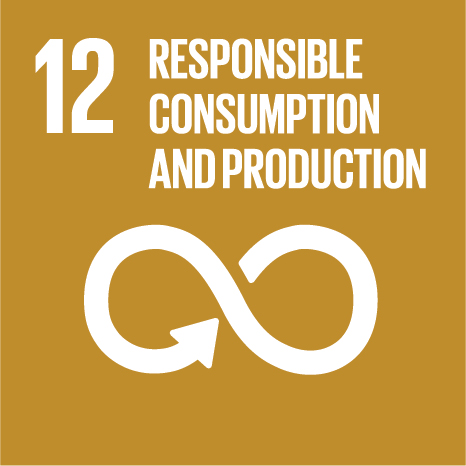Ciência_Iscte
Publications
Publication Detailed Description
Influence of fused deposition modeling parameters on the mechanical properties of ABS parts
Journal Title
Polymers for Advanced Technologies
Year (definitive publication)
2020
Language
English
Country
United States of America
More Information
Web of Science®
Scopus
Google Scholar
This publication is not indexed in Overton
Abstract
This work aims to determine the influence of fused deposition modeling (FDM) printing parameters on the mechanical properties of parts fabricated on an Ultimaker2 printer with acrylonitrile butadiene styrene (ABS). The effect of several parameters such as interlayer cooling time (ILCT), nozzle diameter, infill density, raster angle and layer thickness on the ultimate tensile strength, yield strength, and elastic modulus of produced parts was evaluated. Two independent studies were conducted: a first study dedicated to the ILCT and a second study where the influence of other parameters was evaluated through a design of experiments (DoE) approach. Both studies were carried out through the execution of standard tensile tests. The statistical analysis of tensile tests results was processed with the ANOVA methodology. The obtained results indicate that a reduced ILCT improves the tensile strength of parts. It is shown that nozzle diameter and infill density are the parameters that most influence the mechanical properties of ABS, with the upper range selected values improving the studied mechanical properties. The raster angle configuration of (−45o/45o) benefits UTS and yield strength of ABS samples. Interactions of nozzle diameter on layer thickness were detected. It was observed that smaller layer thickness promotes a higher elastic modulus and UTS; however, for thinner layers (0.06-0.10 mm), no significant differences were found on strength of samples due to potential high distortion levels.
Acknowledgements
--
Keywords
ABS,Additive manufacturing,FDM,Mechanical properties,Printing parameters
Fields of Science and Technology Classification
- Chemical Sciences - Natural Sciences
- Materials Engineering - Engineering and Technology
Funding Records
| Funding Reference | Funding Entity |
|---|---|
| SAICTPAC/0036/2015 | Comissão Europeia |
| UID/EMS/00667/2019 | Fundação para a Ciência e a Tecnologia |
| POCI‐01‐0145‐FEDER‐016414 | Fundação para a Ciência e a Tecnologia |
| UID/EMS/50022/2019 | Comissão Europeia |
Contributions to the Sustainable Development Goals of the United Nations
With the objective to increase the research activity directed towards the achievement of the United Nations 2030 Sustainable Development Goals, the possibility of associating scientific publications with the Sustainable Development Goals is now available in Ciência_Iscte. These are the Sustainable Development Goals identified by the author(s) for this publication. For more detailed information on the Sustainable Development Goals, click here.

 Português
Português


